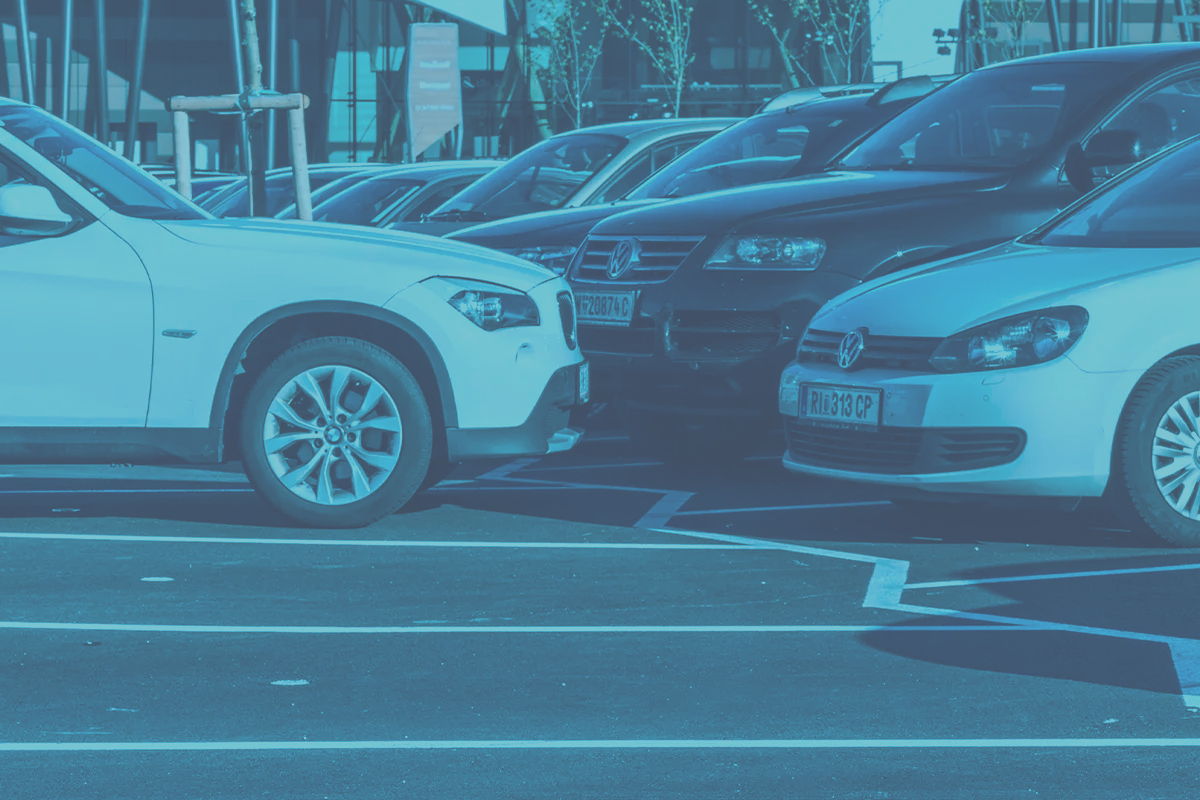The traffic on the streets, the time wasted on them looking for parking and the impact this has on the environment, have led to the need to implement advanced solutions such as smart parking. Thanks to this, drivers all over the world can easily find free spaces, while local authorities have the possibility to optimize the management of available spaces taking into account the real needs of citizens.
The technologies linked to these systems work in real time. They can include sensors installed at ground level or cameras capable of detecting the availability of each space, as well as mobile applications with which to guide users to areas with greater availability. They also include management platforms with which to control and ensure informed decisions for urban planning, based on real data.
Benefits of smart parking
The implementation of smart parking solutions offers a number of benefits for the city, citizens and the environment.
1. Less traffic on the streets
One problem that persists in many cities is traffic caused by drivers searching for long periods of time for a parking space. Up to 30% of traffic in heavily congested areas is due to this, according to several studies. Smart parking systems make it possible for drivers to find parking spaces easily and quickly, reduce congestion and improve the flow of vehicles on the streets.

Urban parking guidance
2. Better use of parking spaces
Smart parking solutions allow municipal administrators to see in real time how citizens and visitors are using parking spaces. This makes it easier to redistribute them if necessary or repurpose them for better use. For example, in one area there may be more demand for parking spaces for loading and unloading, while in another they are needed for people with reduced mobility.
3. Improved user experience
Thanks to smart parking, people can locate areas around them with available parking directly from an application on their cell phone. This facility, in addition to other associated benefits, helps reduce drivers’ stress and improve their opinion of city management.
4. Positive impact on health and the planet
As drivers spend less time circling the streets looking for spaces in which to park, CO₂ emissions decrease. This improves the city’s air quality, making it cleaner and healthier for residents and visitors alike. Likewise, it contributes to environmental protection: fewer emissions of polluting gases help to reduce global warming.
5. Increased road safety
Improving urban mobility through smart parking helps increase street safety by reducing accidents caused by risky maneuvers. By reducing the frustration caused by prolonged searching, there is less dangerous behavior, such as braking abruptly or attempting to park in places not intended for parking.
Steps to implement intelligent parking solutions
When planning the implementation of such smart solutions in the city, it is important to follow a series of steps.
1. Assess the current situation of the city
The first step in implementing these solutions is to make a complete analysis of the city’s infrastructure. It is important to know everything from the number of available parking spaces in the metropolis to the level of congestion that tends to occur in each area at specific times of the day.
2. Identify needs and objectives
Whether the objective is to reduce traffic congestion or to promote other more environmentally responsible mobility systems, among many others, the information gathered in the previous step allows us to determine which are the main priorities and which smart technologies would be the most suitable for each scenario.
3. Choosing the right technologies
Many smart technologies can be implemented in the city, and it is even possible to combine them for more complex scenarios. Occupancy sensors installed at ground level detect whether a space is occupied or vacant, while cameras are very useful for monitoring several spaces at once in a delimited parking area, with entry and exit.
In any case, the information collected by these devices is transmitted in real time to the guidance systems and control platforms so that both drivers and local authorities are updated on their status at all times.
4. Conduct a pilot test
Before implementing the system on a large scale, although it can be done without problems, it is not a bad idea to start with specific areas and scale up little by little. This helps to obtain relevant data on traffic behavior in the city, which allows to detect needs and areas for improvement in the urban infrastructure.
5. Integration with other mobility systems
Smart solutions can help encourage the use of other mobility systems, such as public transport or the use of bicycles and pedestrian areas. It would simply be necessary to detect parking areas well connected to these alternatives to optimize their use and encourage drivers to make use of them.
6. Involve citizens
The introduction of new technologies in the city, however simple they may be to use, must be accompanied by awareness campaigns to ensure that citizens are aware of their existence and know how to use the smart parking system correctly.
7. Monitoring and continuous improvement
Once the solution has been implemented, it is important to pay attention to its performance and the valuable urban mobility data it collects. It will be easy to detect demand patterns as well as adjust parking policies. Smart systems allow for instant updates, making it easy to adapt to the changing needs of the city and its inhabitants.
Implementing smart solutions not only improves mobility for drivers on the road, but also helps city officials make informed decisions about urban planning. From the initial needs analysis to the choice of technologies to be implemented, the result is rapid transformation.
More and more cities are opting for these smart solutions, and at Urbiotica, we help authorities to implement them correctly in order to improve the quality of life of citizens, as well as to facilitate the management of urban infrastructure.